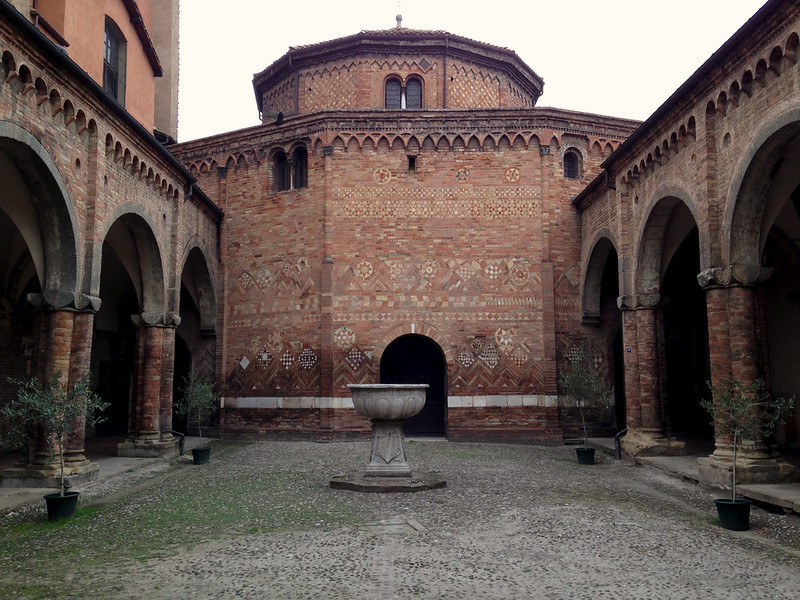| The Stefano Rotondo was built in 470 A.D. in Rome Italy, and consecrated under Pope Simplicius to St. Stephen the martyr. It is Rome’s most characteristic example of central type cathedrals. The Rotunda is 80m long by 45m wide, and originally had two concentric aisles surrounding a double-story cylinder with upper windows.
The central cylinder is 22m tall and wide, a spherical proportion characteristic of the Pantheon. The 22 columns around it were apparently taken from marble Roman ruins and hold up an arcade with 22 alabaster clerestory windows. The ambulatory space surrounding this is 44m in diameter and includes 36 columns. The out-most arcade circle is 66m wide and divided into eight quadrants. Four of these quadrants were exhedras and four were courts, behind which the entrance corridors were to be found, though this has outer space has since mostly been demolished. |
 |
This demolition changed the three-phase procession to the interior to only two. Pope Innocent II’s restoration in 1139 A.D. also filled in many of the windows on the dome’s drum, darkening the space. Pope Nicholas V gave the church to the Hungarian order of the Pauline Fathers in 1454, under whom it was restored by architect Rossellino under Alberti, and it is now known as the church of the Hungarians in Rome.
It was long believed that the Basilica was built on the ruins of a Pagan Roman temple, but this has been dismissed. A 2nd century church to the Minthraeum cult for Roman soldiers, were found under the foundations, next to old Roman military barracks. The stone relief sculpture, pictured in the eighth photo below, portrays the Sun-god Helios in a chariot with four horses. The Moon Goddess Luna on the other side is in a chariot drawn by two oxen.
Interesting sculpture and decoration can be seen in the friezes, columns, and brickwork throughout this church, such as the griffon in the capitol pictured in the fourth photo below.
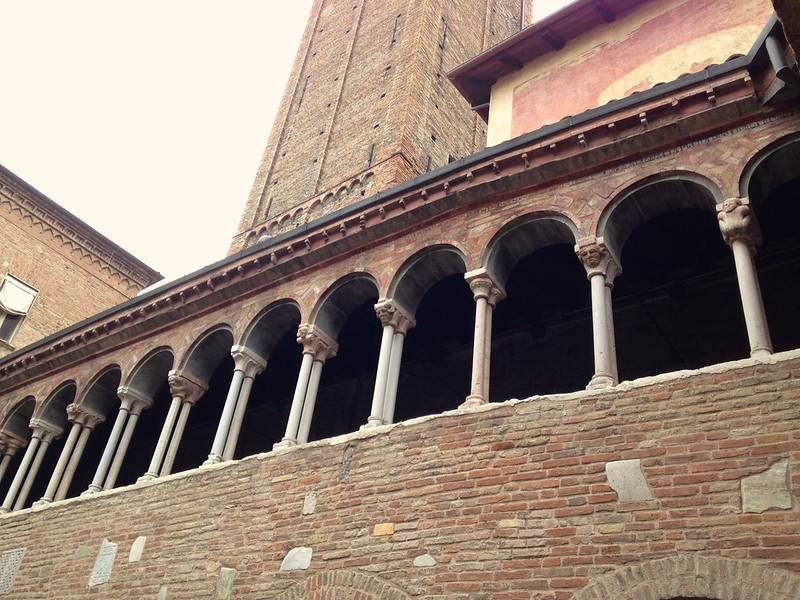
(WordRidden– flickr/creative commons license)
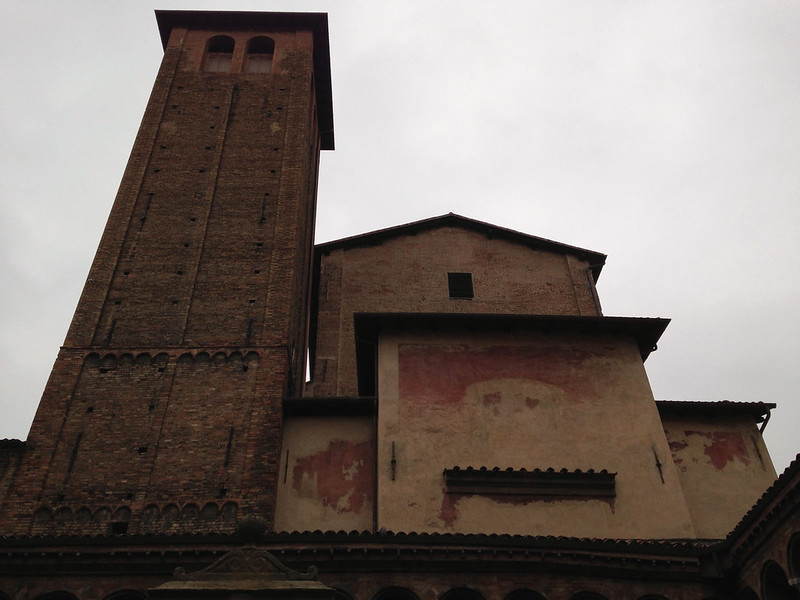
(WordRidden– flickr/creative commons license)

(WordRidden– flickr/creative commons license)

(WordRidden– flickr/creative commons license)
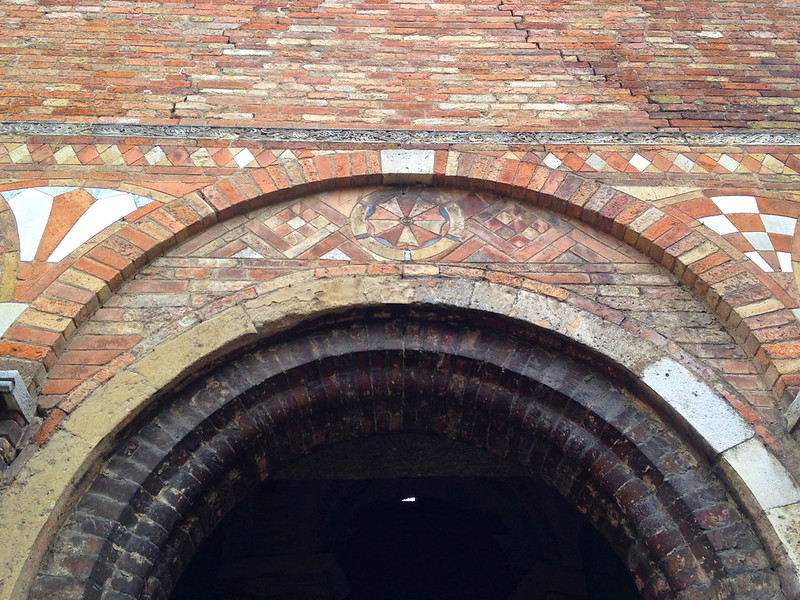
(WordRidden– flickr/creative commons license)
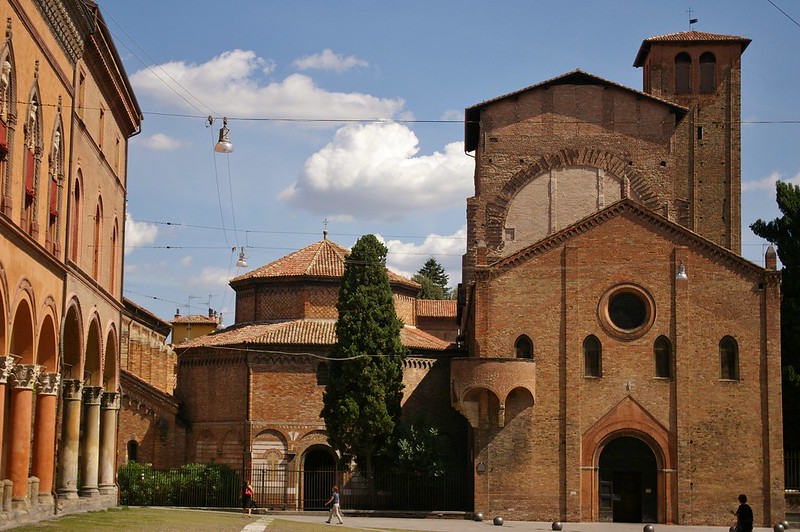
(WordRidden– flickr/creative commons license)
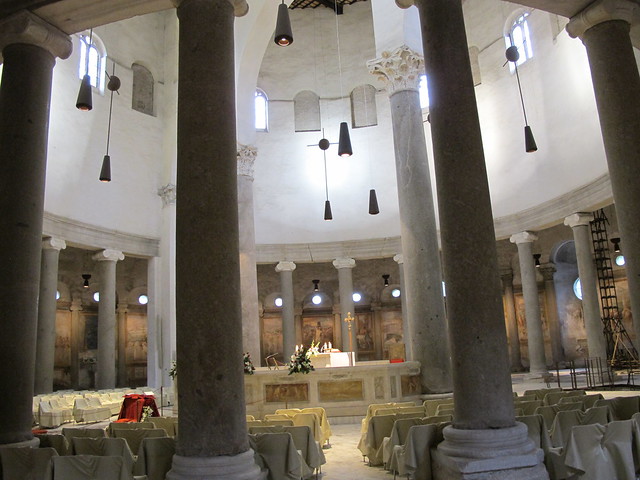
(ho visto nina volare– flickr/creative commons license)

(ho visto nina volare– flickr/creative commons license)
Polychrome tauroctony relief in the mithraeum under the Rotondo:

(Following Hadrian– flickr/creative commons license)
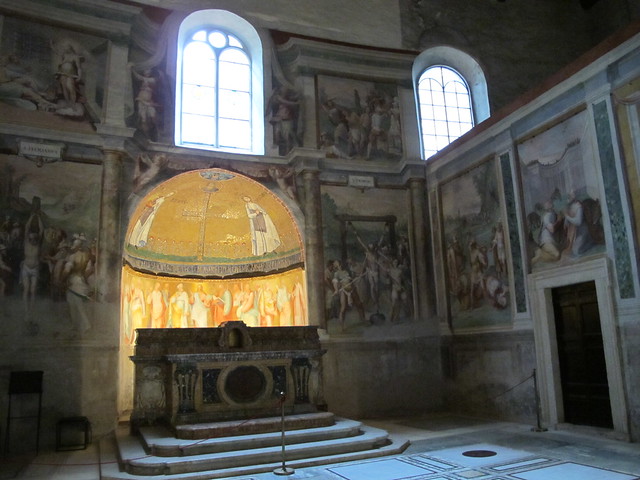
(ho visto nina volare– flickr/creative commons license)
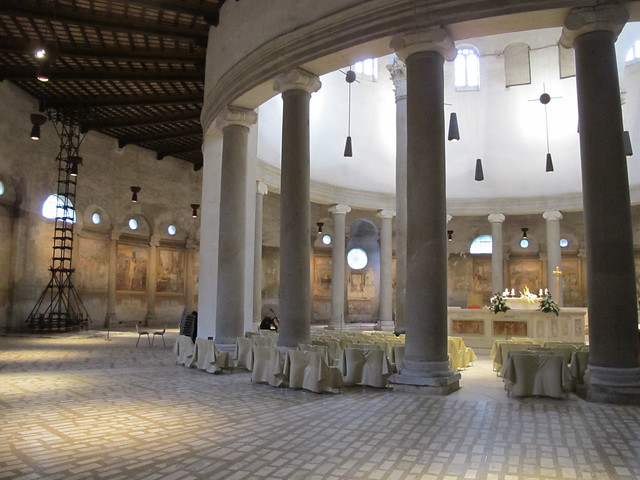
(ho visto nina volare– flickr/creative commons license)
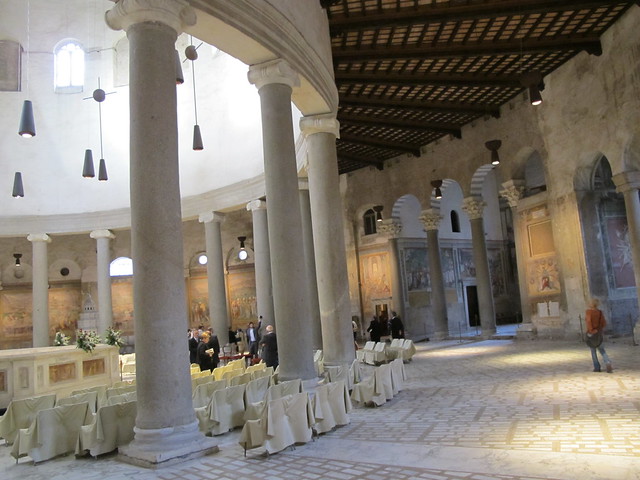
(ho visto nina volare– flickr/creative commons license)
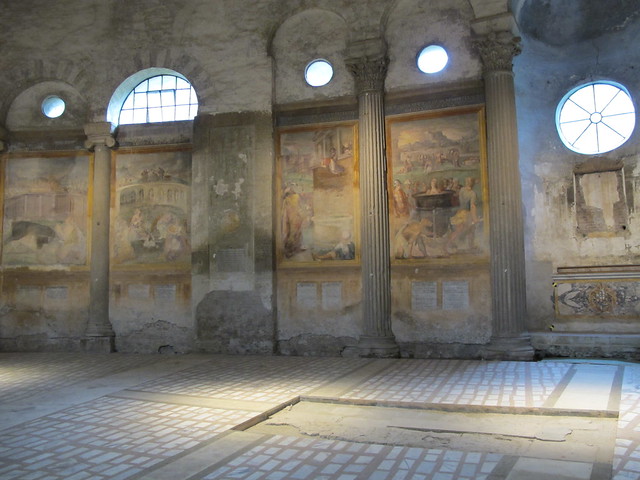
(ho visto nina volare– flickr/creative commons license)
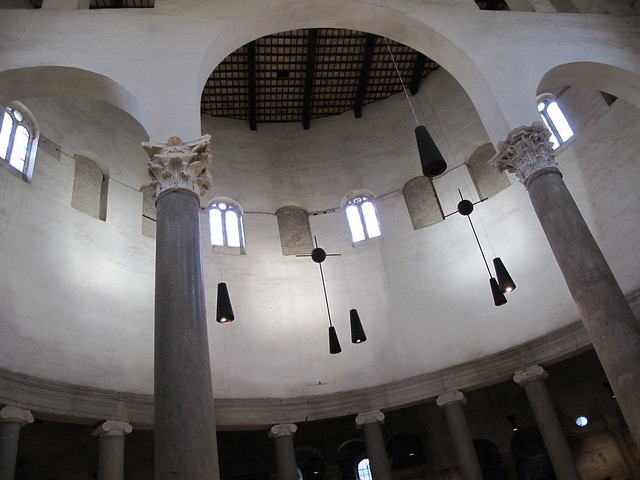
(ho visto nina volare– flickr/creative commons license)

